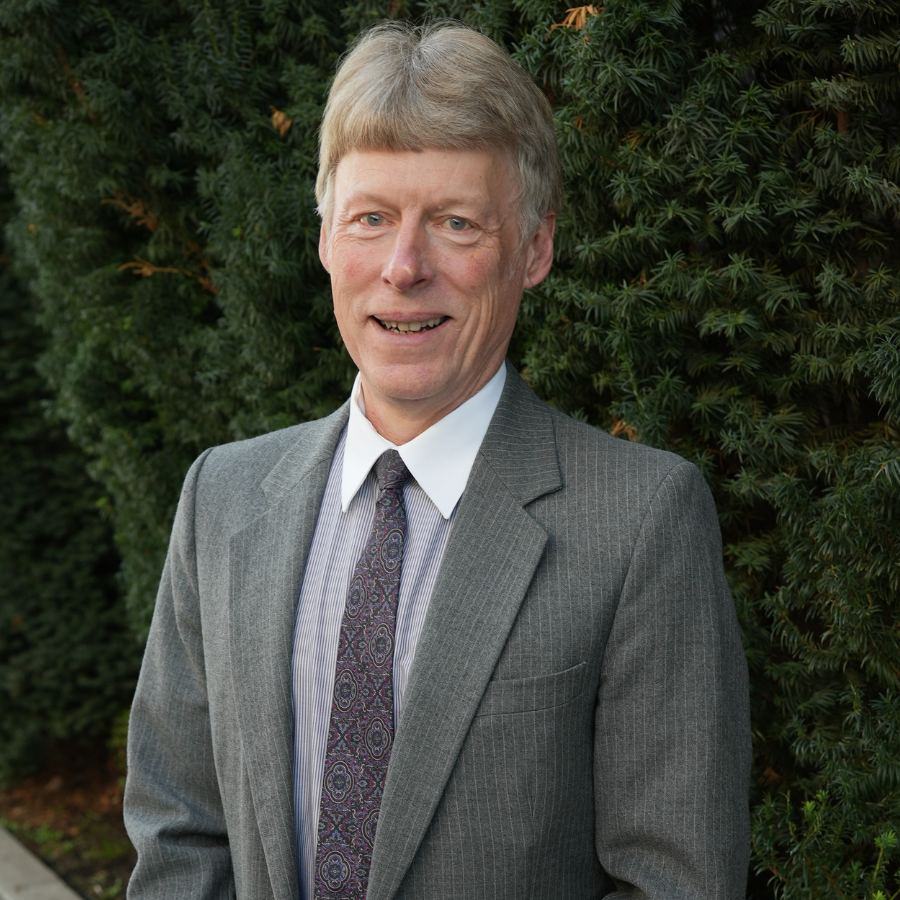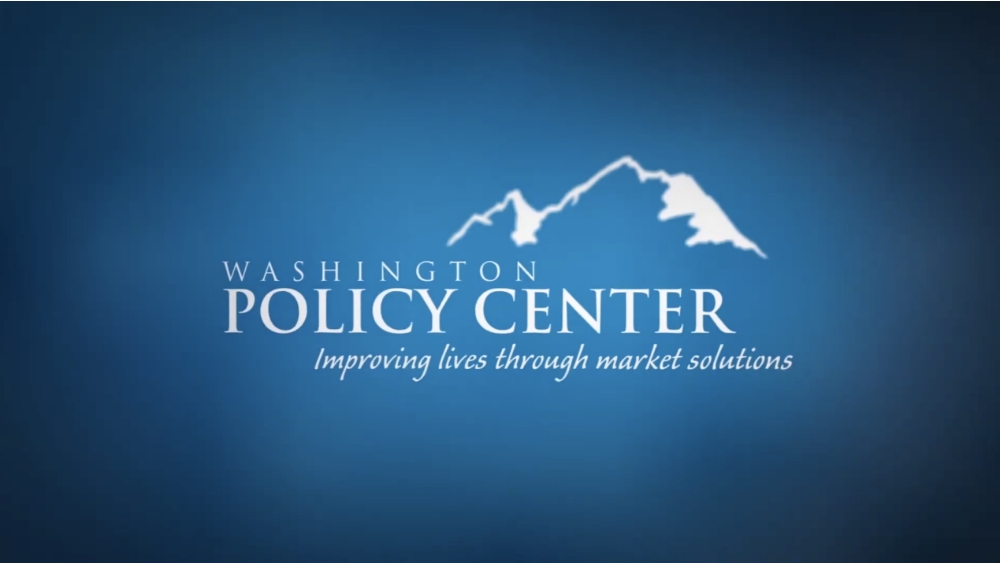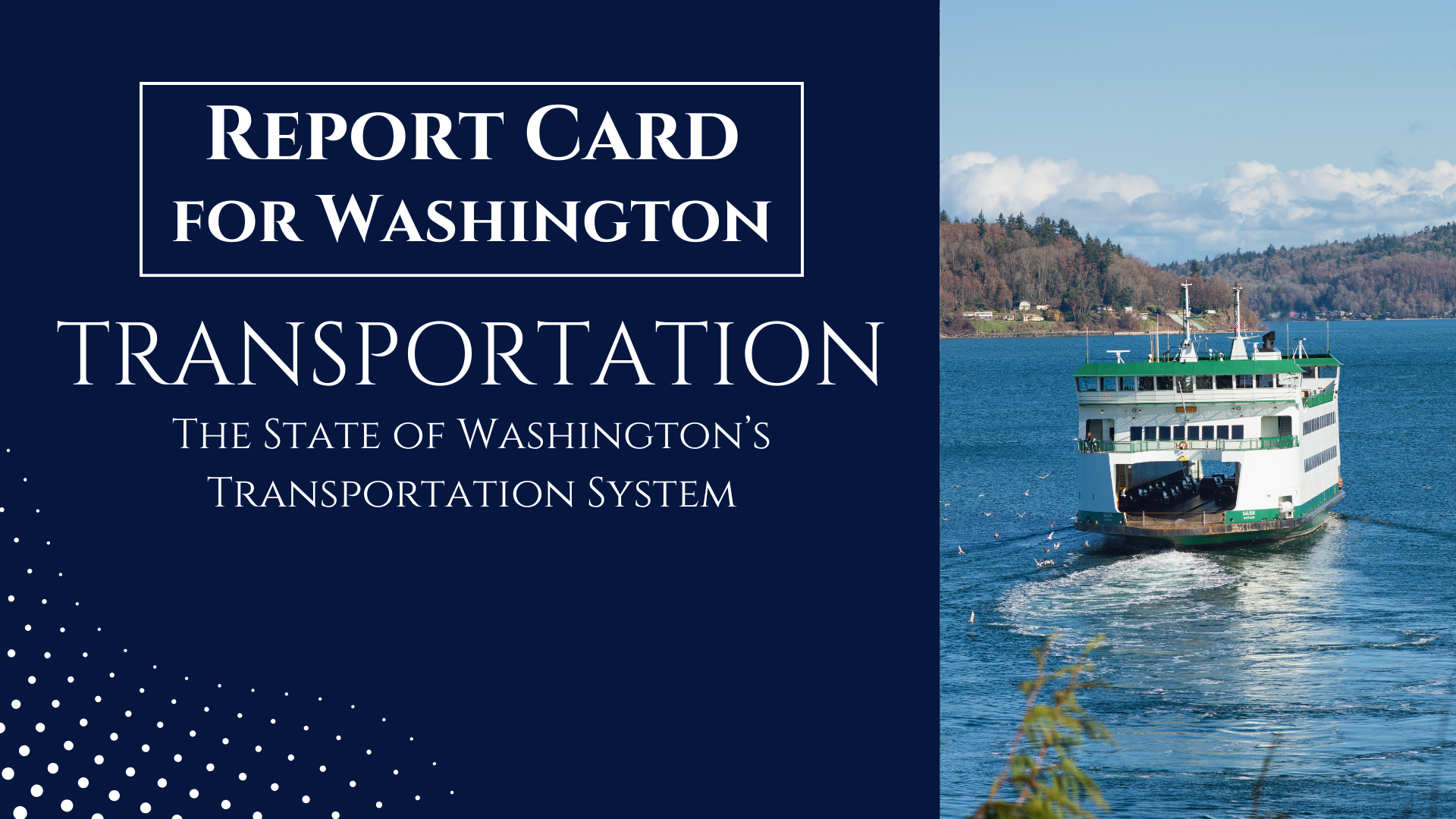The Sound Transit Board has voted unanimously to hire Dow Constantine, one of their own members, as the organization’s CEO. This should not come as a surprise. As King County Executive, Dow Constantine has appointed nine of the board members, and at least two of them are running for the County Executive position Constantine will vacate. Nor is it surprising the vote was unanimous. With a board made up of political appointees, it has never been an organization open to dissenting opinions.
The decision, and the way it was made, has raised concerns about conflicts of interest. Sound Transit has responded by pointing out their process was in compliance with state law and the agency’s own bylaws, which is presumably true, but that doesn’t address the question of whether board members have conflicts of interest. In any case, the question of who the new CEO will be has been answered. Much less clear is the agency’s path forward. The Sound Transit announcement of Constantine’s selection informs us:
“We know this is a crucial time for the agency, and there are difficult and complex discussions on the near horizon, along with reforms that will require knowledge and commitment to continue forward. These include operational and maintenance challenges that need to be addressed immediately by an incoming CEO, increased accountability measures, as well as rising financial pressure from inflation and economic uncertainties. As Board leaders, our priority remains delivering on the voter-approved ST3 package, while operating a safe and dependable system.”
The statement acknowledges the challenges the agency is facing, well, some of them, but their focus is on operations and financial challenges. The statement shows no awareness of the possibility the agency’s difficulties might be due to the inherent disadvantages of light rail technology, notably the very high cost, the decades-long timeline for construction, and the lack of flexibility to adapt to changing travel patterns. Those are not problems a new CEO can overcome without major changes to the ST3 plan.
If the Sound Transit board is genuinely interested in delivering the regional mobility benefits the agency was created to provide it will require an objective assessment of whether it makes sense to proceed with the ST3 plan. Trends and regional circumstances are very different today than when the Sound Move Plan was cobbled together thirty years ago. But instead of considering revisions to the plan, the board seems dead-set on continuing with problematic light rail extensions despite enormous cost increases and disappointing ridership.
The problems alluded to in the Sound Transit announcement are not anything new. The agency has long struggled with organizational dysfunction, rapidly rising costs, and a lack of accountability. Over the last decade those problems have worsened to the point there is considerable doubt the ST3 extensions can be completed by 2041 within a realistic revenue forecast, and even less reason to expect the planned lines will generate the hoped-for ridership.
Dow Constantine has the advantage of deep familiarity with Sound Transit. However, in his fifteen years on the Sound Transit board, including two stints as board chair, the agency’s problems have gotten worse. Projects are years behind schedule, billions of dollars over budget, and total ridership is falling short of optimistic forecasts. As County Executive with nine board votes in his pocket, Constantine has been in a position to initiate reforms and increase accountability, but during his tenure the trajectory of the agency did not change, at least not for the better. Sound Transit has avoided any discussion of whether a revised plan would more effectively provide the mobility benefits voters were told they would receive. That is the fundamental question the board needs to consider.
We don’t know what questions the Sound Transit interview panel asked the finalists for the CEO position, but now the new CEO has been hired the board would be well advised to ask the following:
- How can Sound Transit’s plan be revised to more equitably provide benefits across the region? At the board’s retreat in 2024 there was renewed emphasis on “regionalism”, but that concept hasn’t been clearly defined and is hard to discern in the agency’s plans. For more than twenty-five years Woodinville, Renton, Bonney Lake and Steilacoom have been paying into Sound Transit at the same rate as Seattle and Bellevue, but they have received little if any direct benefit. Other fast growing parts of the region, including Sammamish, Bothell, Kent and Puyallup, are not receiving the mobility investments needed to address their growing populations.
- Would upgrades to Metro RapidRide routes and new on-demand services be more cost-effective than light rail extensions? The cost of the Ballard and West Seattle link extensions is now estimated at about $18 billion, which is more than double the cost presented to voters (and the board) when the ST3 plan was on the ballot. In the neighborhoods served by those light rail lines the expenditure would be well over $100,000 per household, but the FEIS for the West Seattle extension shows minimal increase in ridership despite that extraordinary cost. In addition, light rail construction would cause years of neighborhood disruption and necessitate condemning homes and businesses.
- What are realistic ridership and transit mode share forecasts for each of the five Sound Transit subareas? Sound Transit ridership is below the level assumed in the ST3 plan, and total transit ridership in the region is only about half the level forecast by the Puget Sound Regional Council. With a transit mode share in the low single digits, the Sound Transit investments are not addressing 95% of the region’s mobility needs. This disappointing outcome is partly due to conditions that were not anticipated when the plan was being developed (much more working from home, availability of more convenient options such as Uber and Lyft, more dispersed employment and residential patterns, etc).
- When will the required financial plan be prepared? In 2024 Sound Transit failed to produce an updated financial plan. It has been acknowledged the agency is facing multi-billion dollar cost increases, lower than expected farebox revenue, and uncertain availability of federal funding, but the implications for system build-out, debt load, and longer-term sustainability have not been made public. The board needs an updated financial plan so it can make informed decisions on how to move forward.
- What changes to the ST3 plan are needed to produce a positive return on investment? Prior to the vote on the ST3 plan Sound Transit produced an analysis showing the investment would not break even until year 2071. Since then, costs have increased by tens of billions of dollars while expected benefits have been delayed and scaled back. Using realistic assumptions it is highly unlikely the ST3 projects will ever produce benefits that exceed costs. In other words, the return on public investment will be negative by many billions of dollars. That is not the outcome the public voted for.
Unlike the CEO selection process that was conducted behind closed doors, these questions merit a frank and open public discussion. The answers are likely to suggest the Sound Transit board’s desire to stay-the-course won’t address the agency’s very serious problems. An honest analysis of the region’s changing circumstances could also identify superior options for the board to consider. Making that happen should be a top priority for the new CEO.





